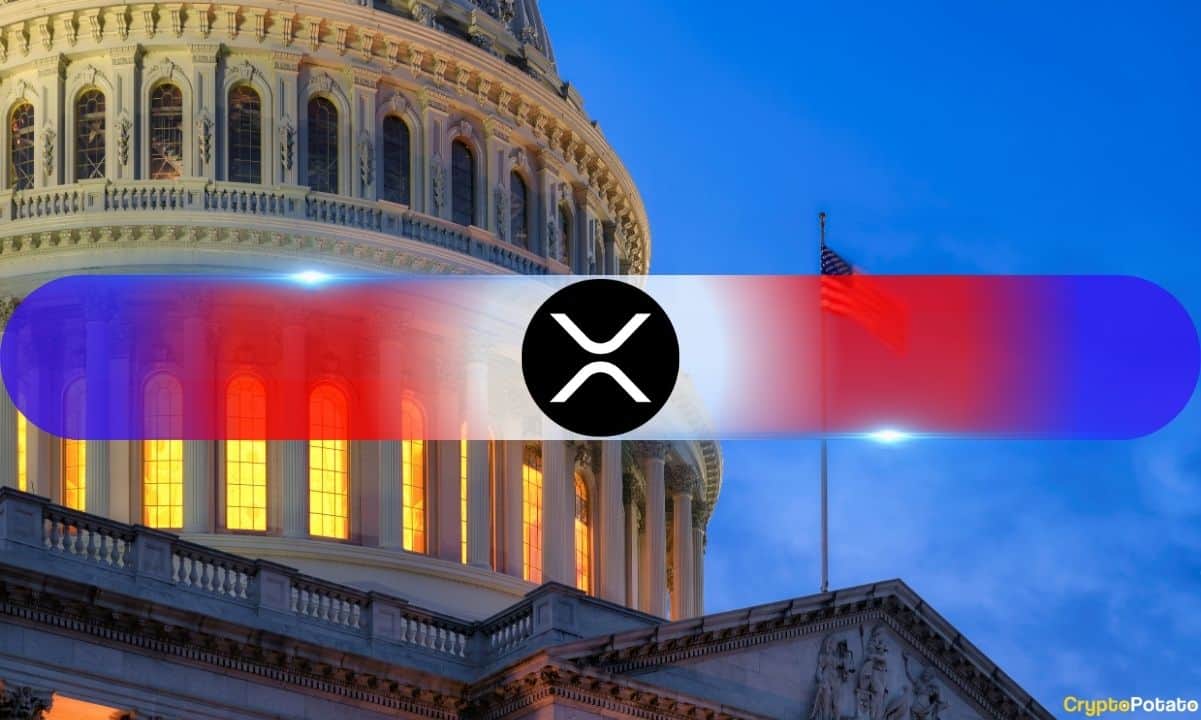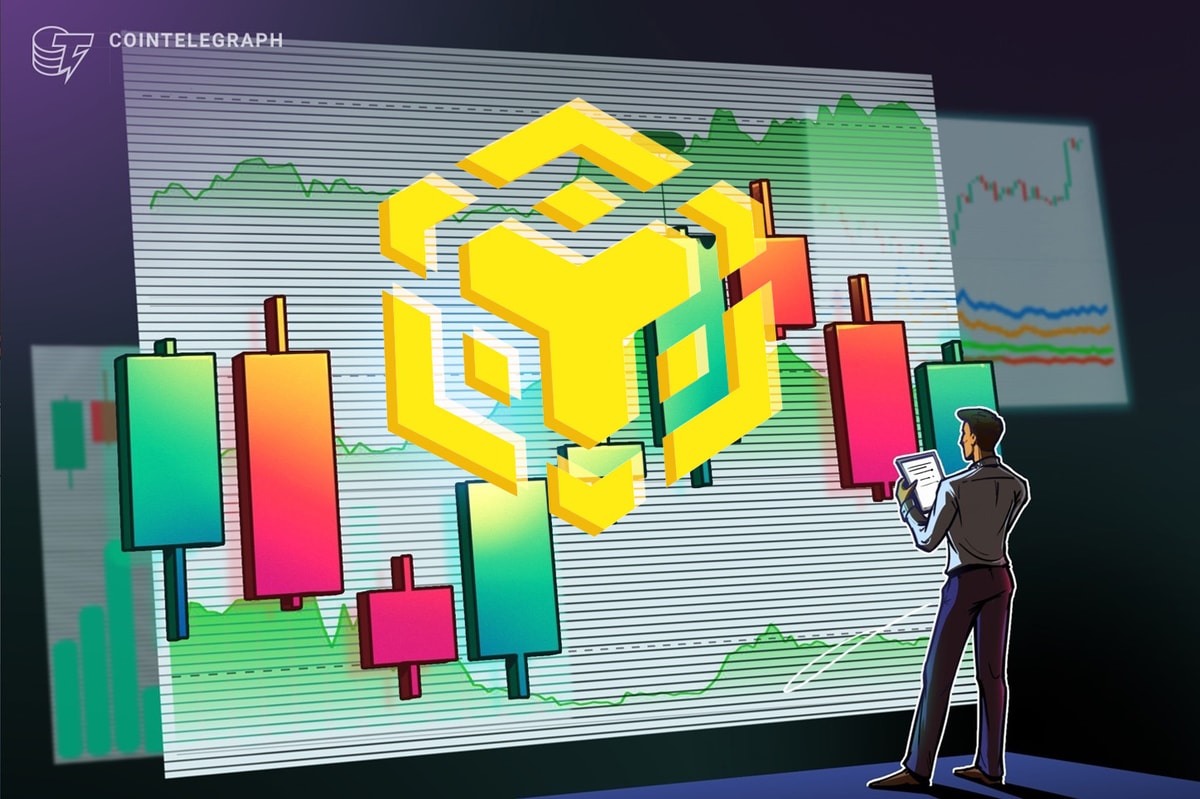Key takeaways:
Solana’s strong onchain metrics and DApps revenue dominance hint at long-term strength despite recent selling pressure from major holders.
Solana ETF inflows and diversified onchain activity support SOL, yet macro risks in AI and trade remain key obstacles to a $250 recovery.
Solana’s native token, SOL (SOL), fell 6% after flirting with $172 on Monday. The drop largely mirrored a pullback in the Nasdaq Index, which came under pressure after CoreWeave (CRVW US) cut its cloud services revenue forecast and reports surfaced that China plans to ban the US military from accessing its rare-earth minerals. Is there any chance for SOL to reclaim the $250 level in the near term?
SOL has underperformed the altcoin market by 7% over the past two weeks, with no clear catalyst for the decline. In fact, the backdrop has been rather encouraging, marked by the debut of a Solana spot exchange-traded fund (ETF) in the US and a notable uptick in Solana’s onchain activity.
Network activity on Solana has surged over the past 30 days, with active addresses increasing by 10% and transactions rising by 8%. By comparison, Ethereum saw 5% fewer active addresses and a 26% drop in transactions during the same period. Hyperliquid, a rising competitor in the decentralized exchange (DEX) space, also experienced a 28% decline in onchain activity.
Solana continues to dominate in decentralized applications (DApps) revenue. No other network comes close, giving Solana a sustainable competitive edge. These DApps reward users by sharing part of their earnings as yield, a mechanism that helps the network attract more deposits and reinforce its position.
Solana’s growth shows stronger diversification across multiple sectors
The total value locked (TVL) on Solana currently stands at $12 billion, widening the gap with BNB Chain, which holds $8 billion. Over the past 30 days, several projects have posted strong gains, including a 35% increase in Securitize (Real World Assets), a 31% rise in Solstice USX (Basis Trading), and a 10% uptick in deposits on Meteora (Liquidity Pools). This data suggests that Solana’s growth is becoming more diversified and less reliant on a single sector.
Memecoin launches and trading activity were once the main forces driving Solana’s user growth and network fees, but that momentum faded by March. While the token has since recovered from its 2025 low of $95, traders remain cautious about its near-term upside.
Since their debut in US markets on Oct. 28, spot Solana ETFs have attracted $343 million in net inflows. Meanwhile, the REX-Osprey SOL + Staking ETF has accumulated an additional $286 million in assets. However, the overall positive effect of these instruments has been partly offset by outflows from companies reducing their SOL holdings.
The sale of 439,621 SOL by Galaxy Digital Holdings (GLXY) has raised concerns about the sustainability of Solana’s corporate reserve strategy. Forward Industries (FORD) holds the largest position, with 6.82 million SOL, a figure that has remained steady over the past 30 days, according to CoinGecko data.
Related: SOL’s next stop could be $300–3 forces shaping Solana’s next major rally
The odds still favor SOL outperforming the broader altcoin market, supported by Solana’s steady growth in onchain activity and its dominance in DApps revenue. However, the path toward $250 will likely depend on a decline in risks surrounding the artificial intelligence sector and a cooling of geopolitical tensions tied to the ongoing global trade war.
This article is for general information purposes and is not intended to be and should not be taken as legal or investment advice. The views, thoughts, and opinions expressed here are the author’s alone and do not necessarily reflect or represent the views and opinions of Cointelegraph.

 1 hour ago
1
1 hour ago
1
















 English (US) ·
English (US) ·